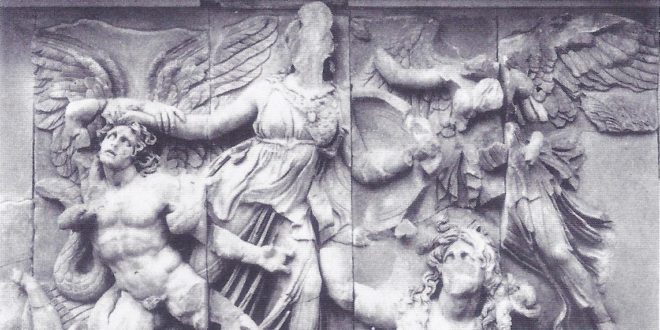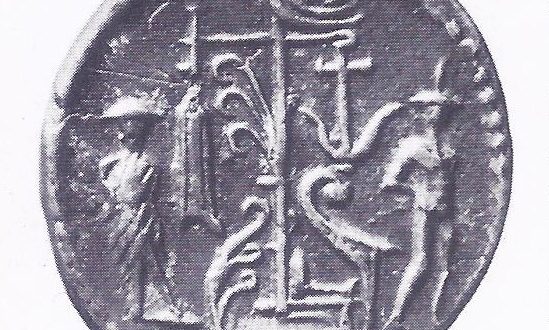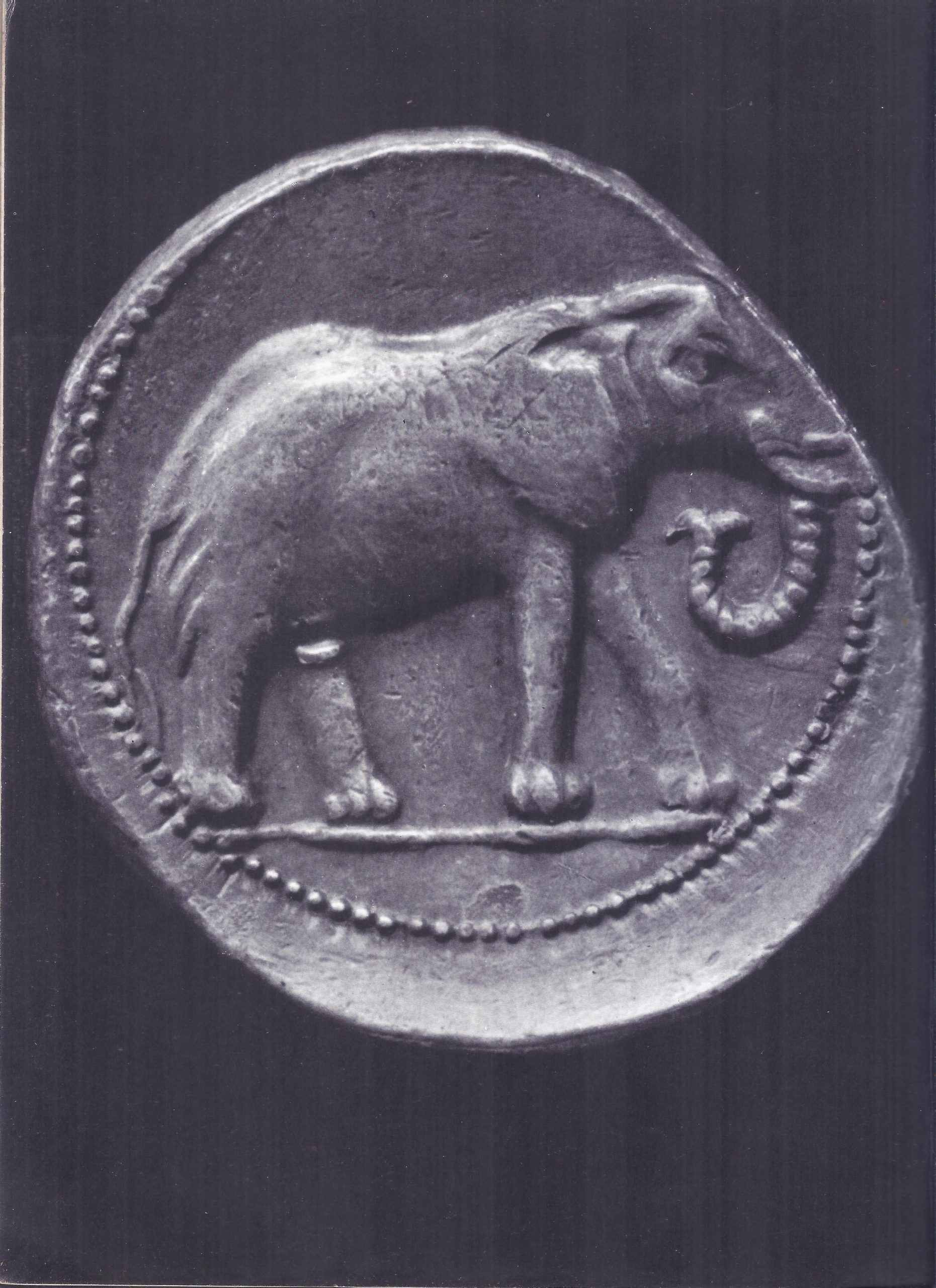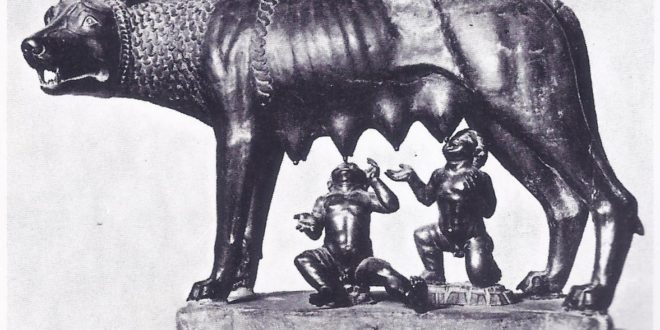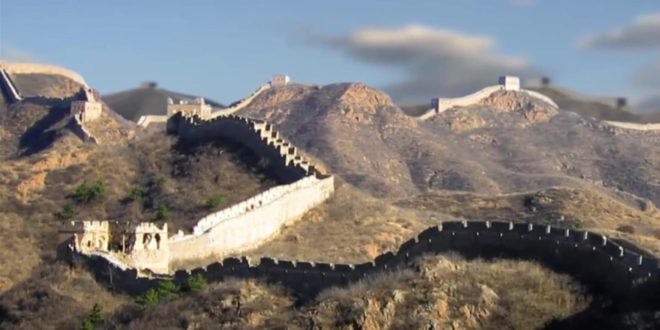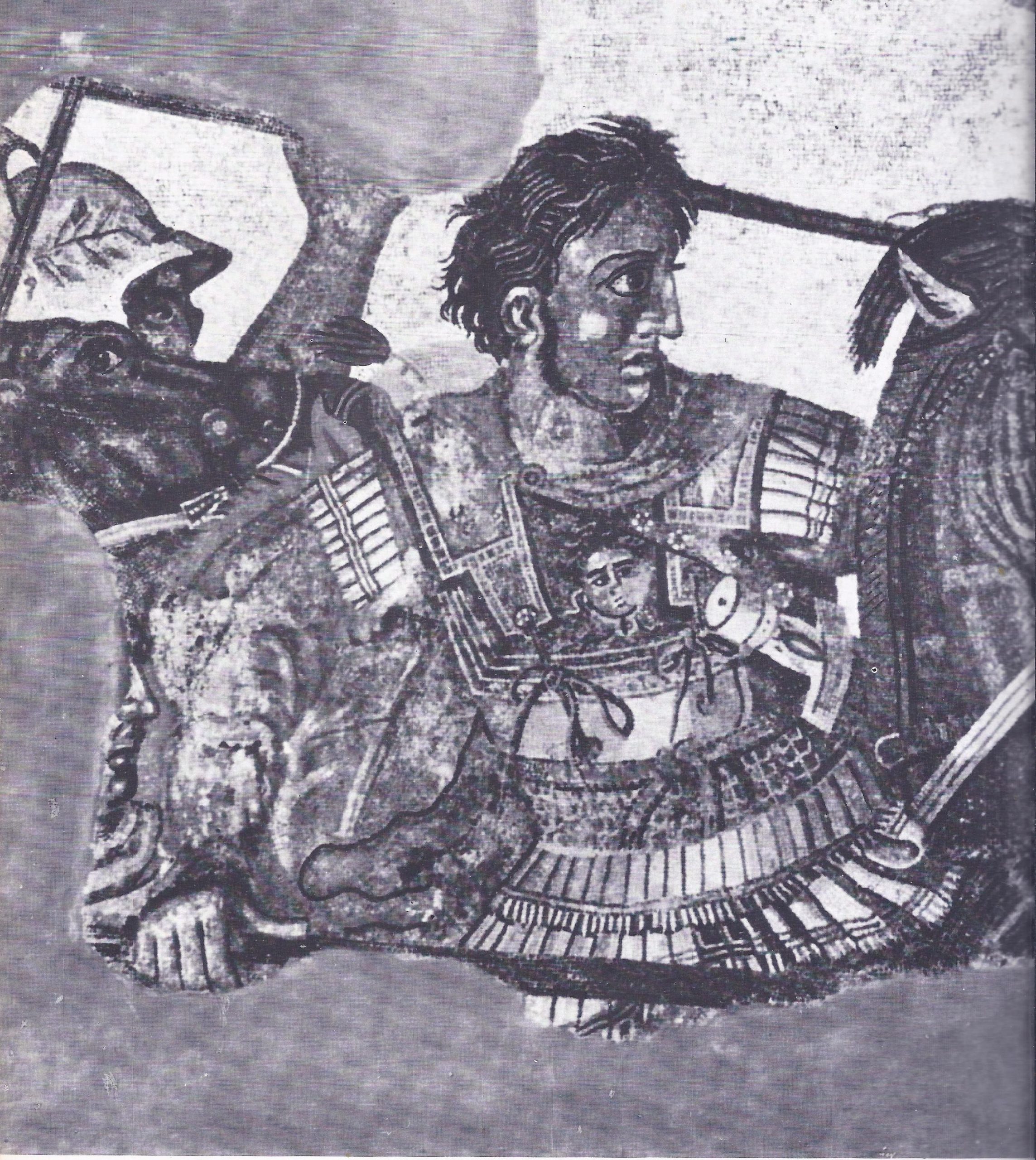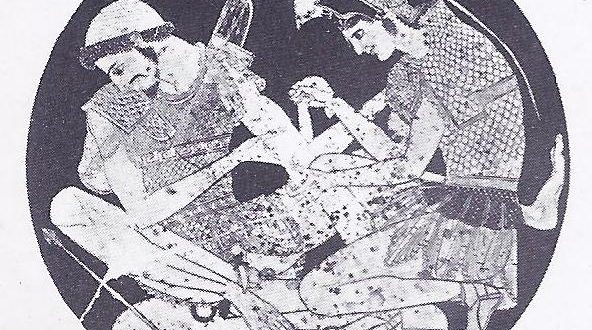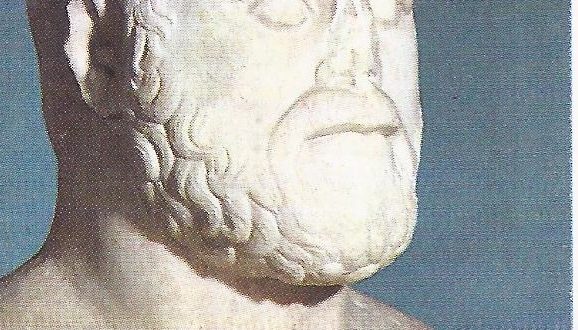As Rome’s armies marched victorious across the known world and her fleets patrolled the Mediterranean, hundreds and thousands of slaves were shipped back to Italy as cheap and expendable labour for the vast estates of the rich. Many worked in chain gangs under the lash of brutal taskmasters or were sent as shepherds to the milder parts of the country. Others were put into gladiatorial establishments, where a cruel and bloody death was an almost certain fate. In such conditions revolt seemed inevitable and after an unsuccessful attempt in Sicily in 135 B.C., a new revolt, under the leadership of the Thracian, Spartacus, exploded in 73 B.C. An army of 40,000 under Crassus was needed to restore order and 6,000 slaves were crucified as a warning to their fellows. Despite its immediate failure, the revolt hinted that the days of the Roman Republic were now numbered. One day in June, 73 B.C., seventy-four gladiators broke out of their training establishment at Capua in southern Italy. They armed themselves with weapons stored for training and arena fighting, cut their way through the city and marched across country to Mt. Vesuvius. There near the top they made camp and soon slaves from the towns and farms joined them. The leaders were the Thracian Spartacus and two Gauls, Crixus and Oenomaus and their force included a strong contingent of Gauls and Thracians. From the outset, Spartacus dominated: it was he who had doubtlessly organized the breakout from Capua. The alarmed authorities sent G. Claudius Glaber, a praetor of the year, who tried vainly to surround and dislodge the rebels. However, the emboldened slaves came down the slopes and roamed about the south, scattering detachment after detachment of troops. Soon they were masters of the whole south and their ranks were swollen with runaway …
Read More »